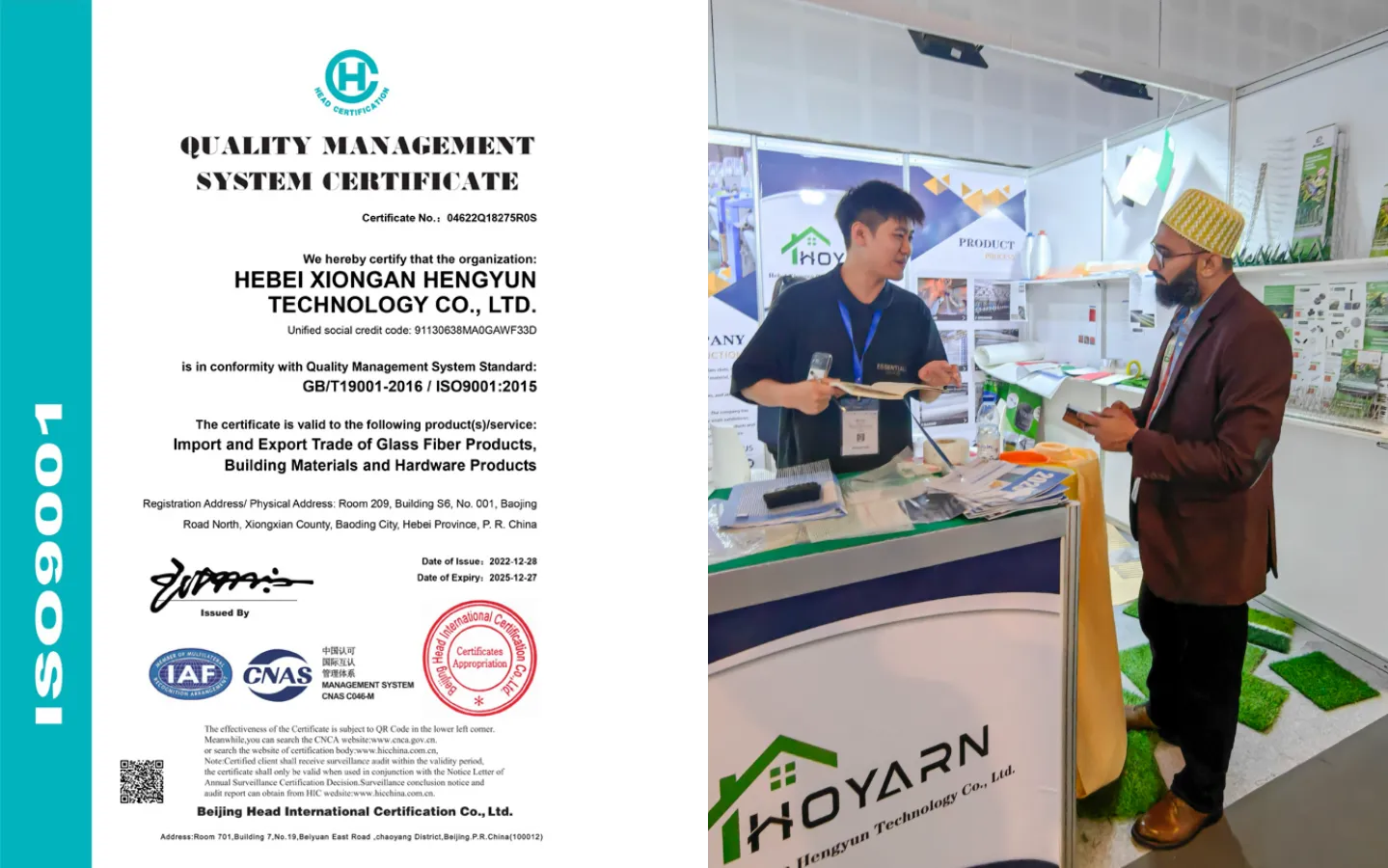
- Afrikaans
- Arabic
- Belarusian
- Bengali
- Czech
- Danish
- Dutch
- English
- Esperanto
- Estonian
- Finnish
- French
- German
- Greek
- Hindi
- Hungarian
- Icelandic
- Indonesian
- irish
- Italian
- Japanese
- kazakh
- Rwandese
- Korean
- Kyrgyz
- Lao
- Latin
- Latvian
- Malay
- Mongolian
- Myanmar
- Norwegian
- Persian
- Polish
- Portuguese
- Romanian
- Russian
- Serbian
- Spanish
- Swedish
- Tagalog
- Tajik
- Thai
- Turkish
- Turkmen
- Ukrainian
- Urdu
- Uighur
- Uzbek
- Vietnamese
Exploring the Benefits and Uses of Artificial Football Turf for Sports Fields
Nov . 09, 2024 21:27 Back to list
The Evolution and Benefits of Artificial Football Turf
Artificial football turf has revolutionized the way we play and enjoy the beautiful game. Initially introduced in the mid-20th century, it has undergone significant transformations that enhance both performance and aesthetic appeal. This synthetic surface has become a staple in football fields around the world, providing numerous advantages over traditional natural grass.
The inception of artificial turf took place in 1966 with the installation of “Chemgrass” at the Astrodome in Houston, Texas. Known as Astroturf, this material was initially created for indoor sports, but its durability attracted the attention of various sporting communities, including football. The innovation was welcomed for its ability to withstand heavy foot traffic and unfavorable weather conditions, allowing for virtually year-round play. However, early versions had their downsides, including a hard surface that could lead to injuries and a less-than-natural feel.
Modern advancements have addressed many of these concerns. Today’s artificial turf is designed with advanced technology to mimic the look and feel of natural grass. It features a multi-layer structure including a soft, resilient backing, drainage systems for water runoff, and realistic blade patterns that emulate the nuances of natural grass. The addition of infill material made from rubber or sand improves player comfort and reduces the risk of injuries by providing better cushioning and shock absorption.
One of the most significant benefits of artificial turf is its low maintenance requirements. Natural grass fields demand ongoing care, including watering, mowing, fertilizing, and pest control. These tasks require substantial time and financial investment. In contrast, artificial turf can reduce maintenance costs significantly. While installation can be expensive initially, the long-term savings on upkeep make it an attractive option for sports facilities, schools, and recreational centers. Moreover, artificial surfaces do not require pesticides or fertilizers, making them environmentally friendly alternatives.
artificial football turf

The weather resilience of artificial turf is another decisive advantage. Natural grass fields often become unplayable after heavy rains or during extreme heat, forcing cancellations and postponements. In contrast, modern synthetic fields drain quickly and can withstand various weather conditions, ensuring that games can proceed as scheduled. This reliability greatly benefits players, coaches, and fans alike, providing a more consistent sports experience.
Safety is paramount in sports, and artificial football turf has made strides to ensure player welfare
. Early artificial surfaces were criticized for contributing to injuries, but today’s advancements have introduced safer designs that minimize the risk of slips, falls, and abrasions. Leading manufacturers now prioritize player safety, creating turf that allows for better traction while also being soft enough to reduce impact injuries.Additionally, artificial football turf enhances playability. The consistent surface allows for reliable ball control and predictable bounces, benefiting players by facilitating better gameplay. The vibrant green color and manicured appearance also contribute to an enhanced viewing experience for spectators, making every game more visually appealing.
In recent years, the sustainability of artificial turf has come under scrutiny. While the longevity of synthetic materials means fewer replacements are needed over time, concerns regarding the environmental impact of manufacturing and disposal persist. However, many companies are working towards eco-friendly solutions by producing turf from recycled materials and developing biodegradable options. Initiatives to recycle old turf further help to mitigate environmental concerns associated with synthetic fields.
In conclusion, artificial football turf has transformed how the game is played and enjoyed, offering numerous benefits over traditional grass. With its low maintenance, weather resilience, enhanced safety features, and consistent playability, it is no surprise that artificial turf has become a preferred choice for sports facilities worldwide. As the technology continues to evolve, its role in the future of football seems secure, contributing to the game’s growth and accessibility for players and fans alike. The beautiful game continues, and artificial turf stands as a testament to the innovation within the sport.
-
The Benefits of Artificial Turf for Indoors
NewsJul.15,2025
-
How Artificial Grass Suppliers Ensure Quality Products
NewsJul.15,2025
-
Artificial Grass and Pets: A Space for Relaxation
NewsJul.08,2025
-
Balcony & Outdoor Decoration with Artificial Grass
NewsJul.08,2025
-
Best Indoor Artificial Grass for Home
NewsJul.07,2025
-
Best Pet Turf for Dogs: Safe & Durable Artificial Grass Options
NewsJul.07,2025
Products categories









